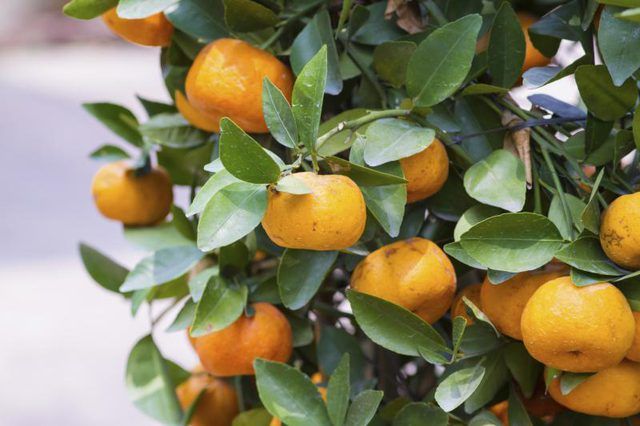Bulbs
Flower Basics
Flower Beds & Specialty Gardens
Flower Garden
Garden Furniture
Garden Gnomes
Garden Seeds
Garden Sheds
Garden Statues
Garden Tools & Supplies
Gardening Basics
Green & Organic
Groundcovers & Vines
Growing Annuals
Growing Basil
Growing Beans
Growing Berries
Growing Blueberries
Growing Cactus
Growing Corn
Growing Cotton
Growing Edibles
Growing Flowers
Growing Garlic
Growing Grapes
Growing Grass
Growing Herbs
Growing Jasmine
Growing Mint
Growing Mushrooms
Orchids
Growing Peanuts
Growing Perennials
Growing Plants
Growing Rosemary
Growing Roses
Growing Strawberries
Growing Sunflowers
Growing Thyme
Growing Tomatoes
Growing Tulips
Growing Vegetables
Herb Basics
Herb Garden
Indoor Growing
Landscaping Basics
Landscaping Patios
Landscaping Plants
Landscaping Shrubs
Landscaping Trees
Landscaping Walks & Pathways
Lawn Basics
Lawn Maintenance
Lawn Mowers
Lawn Ornaments
Lawn Planting
Lawn Tools
Outdoor Growing
Overall Landscape Planning
Pests, Weeds & Problems
Plant Basics
Rock Garden
Rose Garden
Shrubs
Soil
Specialty Gardens
Trees
Vegetable Garden
Yard Maintenance
When Are Clementines in Season?
When Are Clementines in Season?. Classified as part of the tangerine class of mandarin oranges, clementines start appearing in stores in late fall, soon after harvest season begins. You can expect a similar harvest season when you grow your own. First introduced to the U.S. in 1909, a "Clementine" tree (*Citrus reticulata*...
Classified as part of the tangerine class of mandarin oranges, clementines start appearing in stores in late fall, soon after harvest season begins. You can expect a similar harvest season when you grow your own. First introduced to the U.S. in 1909, a "Clementine" tree (Citrus reticulata "Clementine") grows outdoors in U.S. Department of Agriculture plant hardiness zones 9 through 11 or you can grow it indoors.

Sweet smelling, white flowers appear in the spring. Like many fruit trees, a "Clementine" produces best when it has a partner citrus tree nearby for cross-pollination. A large number of blooms with low fruit yield may mean you need to add a second tree. A good choice of partner tree is "Dancy" mandarin (Citrus Reticulata "Dancy") which grows in the same climates with similar bloom and fruit times as "Clementine."
Clementine fruits begin to grow after petal fall in late spring, but mature in late fall. Because a "Clementine" is a highly productive tree, the limbs may become over-burdened and break if the fruits are too heavy or numerous. If you notice branches bending under the weight, remove enough fruits to prevent the branches from breaking. You can add the fruits to the compost pile.
Clementines will be ready to harvest from late October through February. The fruit must ripen on the tree because it will not continue to ripen once cut from the branch. One of the smallest mandarins, clementines change from green to orange once they reach full size. It is possible for them to be ready to eat before they change entirely to orange, particularly if the fall was warm.
To know if the clementines are ready, choose one you believe is ripe and taste it. If it is not sweet and juicy, leave the fruits on the tree for one or two more weeks. Smaller fruits tend to have a more intense flavor. While they may mature early, you need not rush to harvest all of the fruits because the fruits can last for months on the tree.
Clementines do not store well once they are cut from the tree. Pick only what you can eat within a week from the tree and leave the rest on the tree. Store the fruits at room temperature away from direct sunlight for a week, or wrap them in sealed plastic and keep them in the fridge for up to two weeks. Freeze or can extra fruits.